How to buy the best mobile phone
Smartphones have snaked their way into almost every living moment of our technologically-fueled lives. More people are buying smartphones, and the number of options is also increasing.
Choosing a smartphone from such an overwhelming list of options might get confusing, so we made a guide that helps you pick the best smartphone for your needs.
You can check our extensive best smartphone buying Guide for starters, but we recommend you to check out our guide on how to pick the right smartphone in 2021.
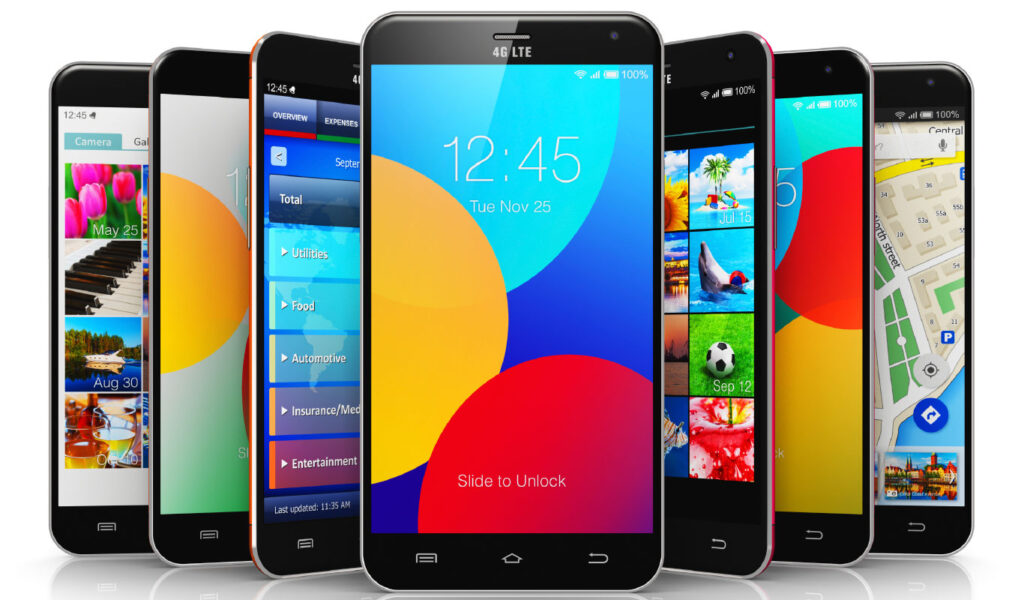
The premium smartphone segment in India has grown a lot in last few years. Most brands have targeted this space, giving customers better options than before. Today, you can get a real flagship-level device by paying well under Rs 40,000. Some of the smartphones in this segment come with premium design, latest chipsets, high refresh rate display and fast charging speeds. These smartphones offer great value to the customers and are future-ready in most aspects.
The sub-Rs 40,000 segment is more diverse now. You can get powerful smartphones like Mi 10T Pro and at the same time, opt for compact devices like Apple iPhone SE (2020) and Google Pixel 4a. Both these smartphones cater to a specific set of users. Here is a look at best smartphones under Rs 40,000 this March
Xiaomi’s Mi 10T Pro was one of the best affordable premium smartphones of 2020. The smartphone boasts of several top-of-the-line features at a very aggressive price point. It comes with a Full HD+ resolution and 144Hz refresh rate. The smartphone is powered by Snapdragon 865 processor and paired with up to 12GB of RAM and 128GB of onboard storage. The Mi 10T Pro packs a 5,000mAh battery and features a 108MP camera at the back. Priced at Rs 37,999, the smartphone delivers a great camera experience.

It’s been almost a year since the OnePlus 8 was launched in India and it is still a great smartphone. The smartphone features one of the best displays in this segment, flaunts a beautiful design and offers a great software experience. Priced under Rs 40,000 for the base model, OnePlus 8 is powered by Snapdragon 865 SoC. It comes with 30W fast charging.
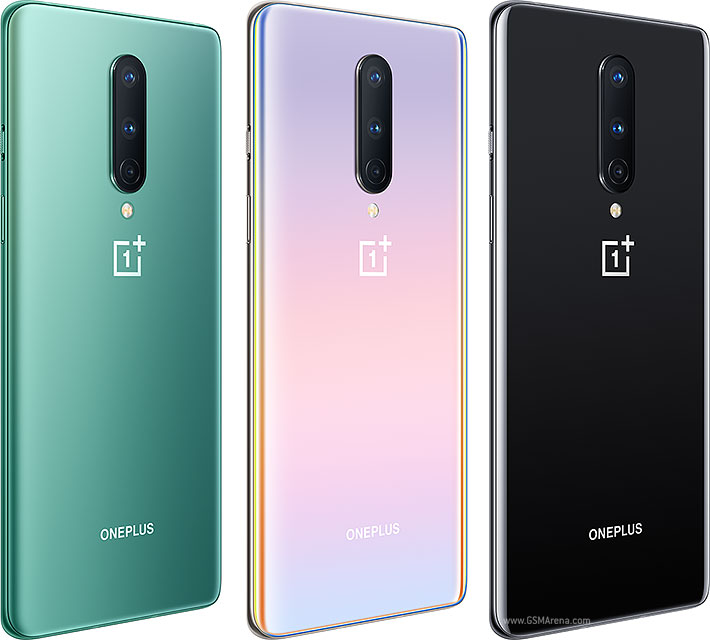
An unusual entry on the list, Google Pixel 4a is in a league of its own. The smartphone was launched at Rs 31,999 and is as good as any flagship smartphone despite its modest size. The smartphone comes with a 5.8-inch Full HD+ display, 60Hz refresh rate and single cameras on either side. The camera performance is probably the best in the segment. The only thing you need to consider is the mid-range Snapdragon 730G chipset.
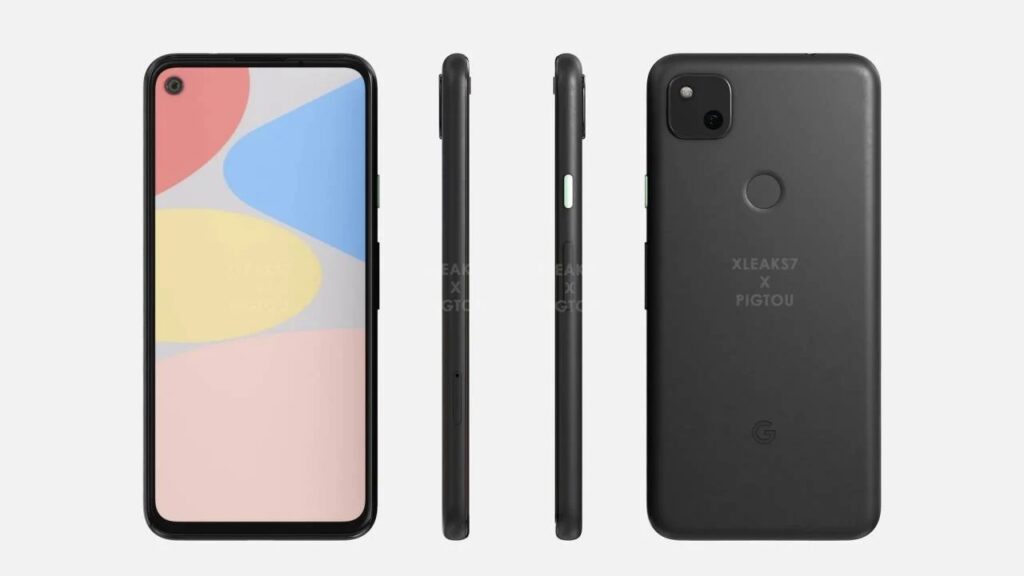
Gone are the days when Apple iPhones cost a fortune. Launched at Rs 42,500, the iPhone SE has changed that. Apple’s affordable iPhone can be frequently found selling for less than Rs 35,000 on e-commerce websites. The smartphone delivers a great camera and performance. It’s compact size makes it ideal for those seeking small-sized devices. The slightly underwhelming battery life is the only thing to consider.
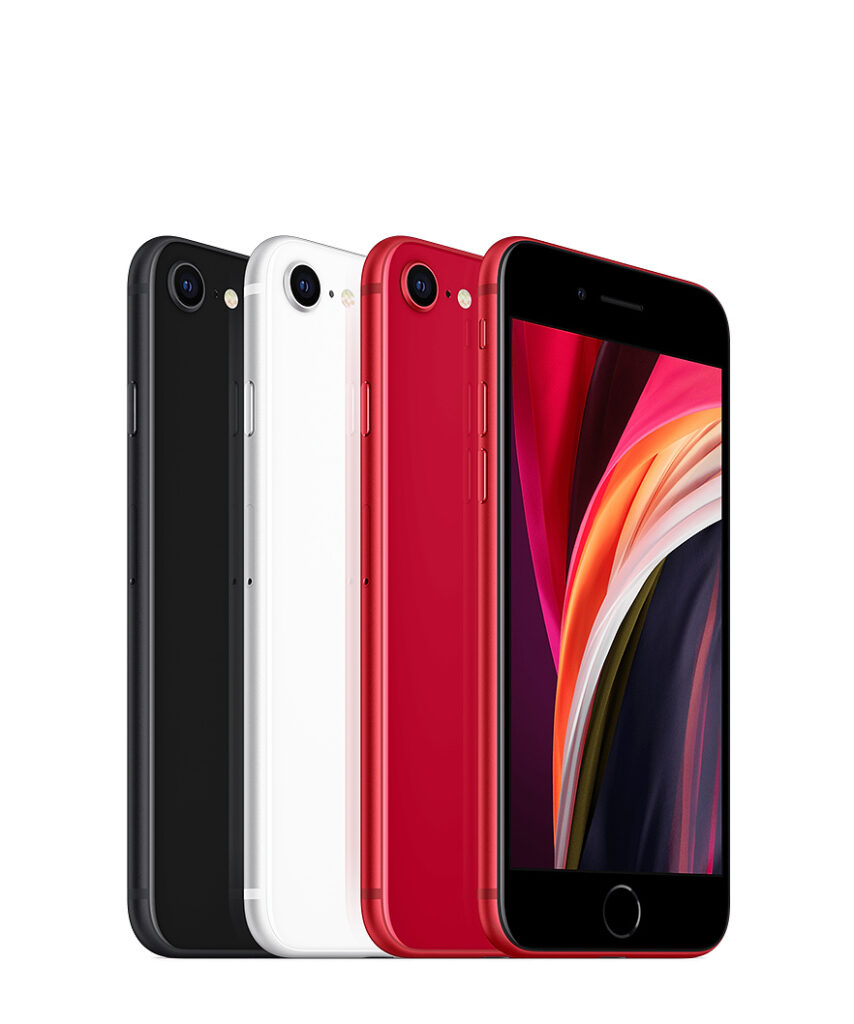
The Oppo Reno 5 Pro was the first smartphone in India to be powered by a MediaTek Dimensity chipset. It is powered by Dimensity 1000 Plus SoC and also supports dual SIM 5G. The device is available in sole 8GB + 128GB variant in India. The smartphone comes with 6.5-inch Super AMOLED 90Hz screen with a Full HD+ resolution and packs a 4,350mAh battery. It also supports 65W Super VOOC charging. The smartphone comes with a 64MP quad rear camera setup.
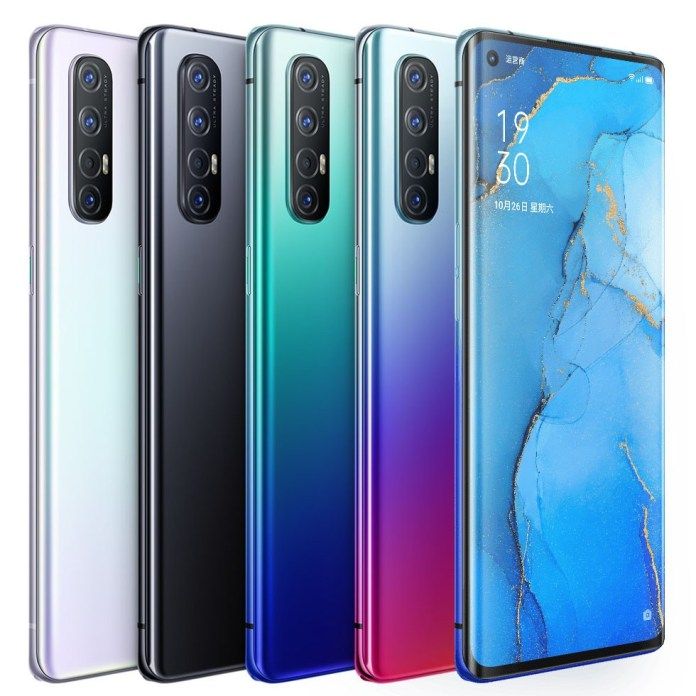
WHAT TO CONSIDER BEFORE BUYING A SMARTPHONE?
SMARTPHONE PERFORMANCE: PROCESSOR AND RAM
Your smartphone processor, also known as the chipset or the SoC, is the component that is responsible for just about everything functioning on your smartphone.
It is essentially the brain of the system, and most of these processors also come equipped with AI capabilities that essentially make your smartphone as ‘smart’ it is today.
A capable processor not only allows your device to function seamlessly but is also capable of enhancing other factors. One example is image processing.
Samsung phones, as an example, comes in two variants – one hosting the Snapdragon chipset (the latest one being Snapdragon 865+). In contrast, the other one employs Samsung’s in-house Exynos processor (the latest being Exynos 990).
Some reviewers have explicitly stated that there is a tangible difference in not just the processing power of the two variants, the Snapdragon being much snappier, but also the image-processing abilities.
So, when you choose your smartphone, it is integral to know what processor you’re getting along with it since the performance directly correlates with it. Popular ones include Snapdragon, Apple A13 Bionic, Exynos 990, and Kirin 990.
Apple processors are known for their raw computing power, and Snapdragon processors are the closest equivalent in the Android realm. You also have lower-powered processors for mid-range and budget devices such as the Snapdragon 730 and 730G, Snapdragon 675, MediaTek Helio G90T and G85, and more, that are commonly found in lower-priced 2021 smartphones.
If you’re on a budget and don’t mind sacrificing some power to save money, consider buying phones with one of these processors since they drive down costs quite a bit.
Coming to RAM, this refers to system memory that smartphones use to hold data that active applications are using. A portion of your smart- phone’s RAM is always used up by the operating system, to keep it run- ning.
We’re not going to get into the nitty-gritty of RAM usage in a phone since it involves explaining terms such as kernel-space which will end up taking a lot of room in this article.
Having sufficient RAM can allow you to have a larger number of apps running in the background, which significantly affects your multitasking experience. However, some smartphones are breaking all barriers and installing a whopping 12-16 GB of RAM in their smartphones.
That’s definitely overkilled for smartphones, especially if you don’t plan on switching between 10-20 apps at the same time. If you’re a light smartphone user, someone who only uses their phone for calls, texts, WhatsApp, and light browsing, you can easily get away with 3-4 GB RAM.
For power users, something around the ballpark of 6-8 GB is perfectly fine.
CHOICE OF OPERATING SYSTEM
It boils down to two options – Android or iOS. The choice is actually more complicated than you imagine since both operating systems have a sizable list of pros and cons.
If you’re someone who enjoys tinkering around with your device and customising it to your heart’s content, you’re Team Android. If you like a simple, powerful OS which gets constant software updates and is supported for a more extended period, you’re Team iOS.
Nevertheless, Android is also almost as powerful but not quite as simple, although the current Android version has become much simpler to use than the days of Gingerbread. Just know that iOS, as an OS, is quite limiting, in some cases.
For instance, you cannot sideload apps from the internet if they are not available on the App Store, the split-screen mode still isn’t a thing on iPhones (just iPads), you cannot customize your home screen (although iOS 14 may include widgets), and you definitely cannot use launchers to completely change the look of your phone.
However, iOS comes with a plethora of advantages as well, such as iMessage, FaceTime, regular software updates, and the biggest of all, minimal bloatware, and no adware
PREFERED USER INTERFACE
You also have to keep in mind that numerous smartphones come with their own skin or UI (user interface) smacked on top of Android.
OnePlus has OxygenOS, a clean skin that is quite close to stock Android, Samsung comes with One UI 2, which has improved by leaps and bounds from its TouchWiz days, MIUI on Xiaomi phones, which is an ad-fest but is well-optimized, ColorOS on Oppo and Realme smartphones, that is heavily inspired by iOS.
Remember to try and experience the UI before buying the device to see if it works for you.
A GOOD DISPLAY
Smartphone display sizes seem to be ever-increasing and are continually pushing the boundary of what we’d expect a smartphone display size to be. They’ve reached the ‘phablet’ realm with displays even reaching up to 6.9-inches!
However, in the age where content is being consumed increasingly on our pocket devices (hard to call them that now), this may not be a bad thing. We suggest anything above 5.7 inches so you can really immerse yourself into games and media.
As far as display types go, you have LCD and AMOLED displays. AMOLED displays have variants such as OLED or Super AMOLED (in the case of Sam- sung) and have better contrast and darker blacks. They also assist in saving the battery since they turn off all the black pixels on the phone to display ‘true black’.
Next, you also have various resolutions such as Full HD, Full HD+ Quad HD. While QHD does provide crisper images, the difference between FHD and QHD is not too jarring, especially to the untrained eye.
You should also check the screen protection on your device. Gorilla 5 and 6 are usually used in current-generation smartphones, and they provide reasonable protection for your glass sandwiches. However, we still recommend a case strongly.
THE RIGHT AMOUNT OF STORAGE
The current standard is 64GB on lower-end models and 128GB to 512GB on flagships. With swift sharing apps and technologies, almost all of us import every single GB of data from our previous phones to the new ones.
So, adequate storage is essential. We recommend that you do not go under 128GB since it will give you enough breathing room to keep your data as well as download apps to your heart’s content. Also, keep an eye out for phones with expandable memory storage.
BATTERY LIFE THAT FITS YOUR DAILY REQUIREMENTS
The golden standard of battery life in flagship smartphones is 6+ hours of screen on time. Anything with higher capacities can mostly allow even heavy-users to power through.
Flagship phones, as well as some mid-range phones, can also reach 8-10 hours of screen on time, which is brilliant. The goal is to get a phone that can at least pull through one whole day of intensive usage.
So, ensure to check battery tests online before purchasing a device. Also, try and research if the phone you’re planning on buying has a decent power-saving mode.
CAMERA QUALITY THAT JUSTIFIES THE PRICE
In 2021, multi-cameras are the norm and phones with just one rear camera are extremely rare now. You usually get a primary lens which sports the highest MP count, a portrait lens, and a wide-angle shooter.
And then, you also have a few extras that some manufacturers add such as the ToF (Time of Flight) sensor, macro lens, and color filter lens. We, at the insight deal Labs, are fans of the wide-angle lens because of the magnitude of images you can now take on phones.
Capturing sprawling scenes is not a problem anymore! The portrait lens, when done well, can produce spectacular bokeh shots too. However, if this trend just isn’t for you and the growing camera bumps enrage you, it would be best to buy older phones with one primary lens or newer ones such as the iPhone SE 2021.
Also, don’t go MP hunting, higher megapixel-count doesn’t always mean better images since the sensor size is much more integral to producing good photos.
Smartphones have also been employing pixel-binning, which essentially turns four or more pixel into one big pixel, that adds clarity and detail to the image.
Also, for now, try to stray away from the 108MP sensors since they’re pretty rough around the edges at the moment plagued with image fringing and autofocus issues.
MISCELLANEOUS THINGS TO CONSIDER
- Wireless charging
- Gaming Mode
- Fingerprint sensor vs Face Unlock
- Bluetooth version
- IP Rating
- Dual sim
- Reverse wireless charging
- Stereo speakers
- NFC
- Dual-band Wi-Fi
WHAT NOT TO CONSIDER?
FOLDABLE DESIGNS
While the design evolution is innovative and smart, it is simply too early to be completely reliable. Our final verdict? Hold off on buying foldable phones for a few years.

